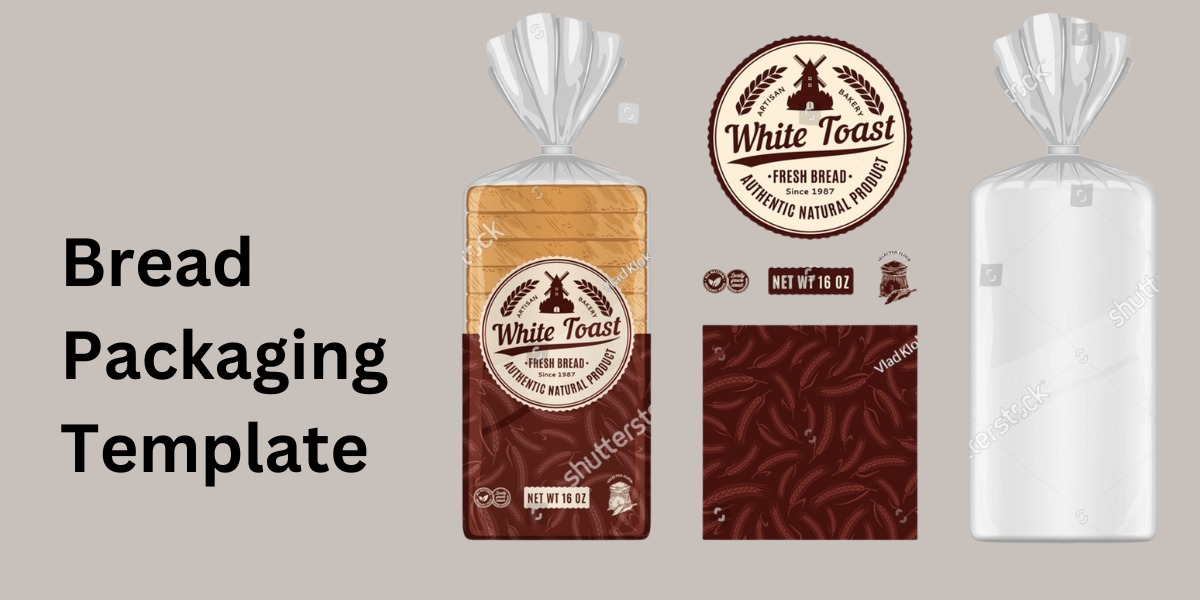3D Printing Time

Are you ready to enter the world of 3D printing? Buckle up and get ready for a journey through time as we explore how this fascinating technology has evolved over the years. From its humble beginnings in the 1980s to the mind-blowing advancements of today, we’ll take you on an adventure that will leave you inspired and amazed. So let’s dive into “3D Printing Time” and discover just how far this remarkable industry has come!
What is 3D printing?
3D printing is an additive manufacturing technology where objects are created by laying down successive layers of material until the desired object is created. Each layer can be seen as a thinly sliced horizontal cross-section of the eventual object. 3D printing is the opposite of subtractive manufacturing which generally involves cutting away parts of a piece of material to create an object.
The history of 3D printing
It is estimated that the history of 3D printing goes back to at least the 1970s when Chuck Hull invented stereolithography. However, the first working 3D printer was created in 1984 by Charles W. Hull. He used a process called stereolithography to create solid objects from a digital file by successively printing thin layers of a photosensitive material.
In the 1990s, 3D printing technologies began to be used more widely in industry, with the first commercial 3D printer being introduced in 1993. In the 2000s, 3D printing became more accessible to consumers and hobbyists with the introduction of affordable desktop 3D printers. Today, there are many different types of 3D printers available on the market, ranging from consumer-grade machines to high-end industrial devices.
While 3D printing has been around for decades, it has only recently begun to gain mainstream attention. In recent years, there have been incredible advances in 3D printing technology, making it more accessible and affordable than ever before. As a result, 3D printing is now being used in a wide variety of applications, from prototyping and manufacturing to medicine and food production.
3D Printing for Small businesses in Dubai
The use of 3D printing technology by small businesses in Dubai can be very advantageous because it enables them to quickly and affordably prototype their ideas and launch their products. Prototyping, design, and production are just a few of the 3D printing services that C3D printing company provides that are geared toward small businesses.
Small businesses in Dubai can use 3D printing to make custom products, speed up time to market, and maintain competitiveness in their respective markets with the assistance of a C3D printing company. For small businesses looking to innovate and expand, 3D printing is the perfect solution because of its adaptability and low cost.
How does 3D printing work?
Three-dimensional printing is a process of making a three-dimensional object from a computer model or other electronic data source. 3D printing is achieved using an additive process, where successive layers of material are laid down in different shapes.
3D printers typically use filaments of plastic or metal, although other materials such as paper and chocolate can also be used. The filament is melted and extruded layer by layer to build up the object. 3D printers have been used to create everything from medical implants to eyeglass frames to car parts.
3D Design And Printing Company In Dubai
C3D Printing is a 3D design and printing company based in Dubai, UAE. C3D offers a wide range of 3D design and printing services to businesses and individuals, enabling them to turn their ideas into reality.
C3D’s team of experienced designers uses the latest software and technology to create high-quality 3D designs that are optimized for 3D printing. C3D also offers a wide range of materials and finishes, so you can customize your product to suit your needs. Contact C3D Team today to learn more about the 3D printing Company.

The benefits of 3D printing
The benefits of 3D printing are numerous and varied. Perhaps the most obvious benefit is the ability to produce three-dimensional objects. This manufacturing process can be used to create parts and products that would be otherwise impossible to produce using traditional methods.
Another significant advantage of 3D printing is its versatility. This technology can be used to create prototypes or finished goods, depending on the needs of the user. And because 3D printers can use a variety of materials, including plastics, metals, and even human tissue, the potential applications are virtually endless.
Finally, 3D printing is relatively quick and easy to use, which means that even complex designs can be produced in a short amount of time. This is especially beneficial for businesses that need to rapidly prototype new products or parts. Get More Category Post Visit.
The disadvantages of 3D printing
3D printing technology has been around for a few years now and it seems like the potential applications are endless. However, there are still some significant disadvantages to 3D printing that need to be considered before investing in a 3D printer.
The biggest disadvantage of 3D printing is the high cost of the printers and filaments. Even the most basic 3D printers can cost several thousand dollars and the price of filament can be quite high as well. In addition, 3D-printed objects can often look “fuzzy” or have layer lines visible, which can be quite unappealing.
Another downside to 3D printing is that it can be quite slow. It can take several hours (or even days) to print a single object, so it’s not really suitable for mass production. Additionally, the quality of 3D printed objects can vary greatly depending on the printer and settings used.
Finally, there are environmental concerns associated with 3D printing. The process of melting and extruding plastic filament produces harmful emissions, so it’s not exactly eco-friendly. Additionally, many people simply dispose of their unwanted 3D prints, which ends up creating more waste.

